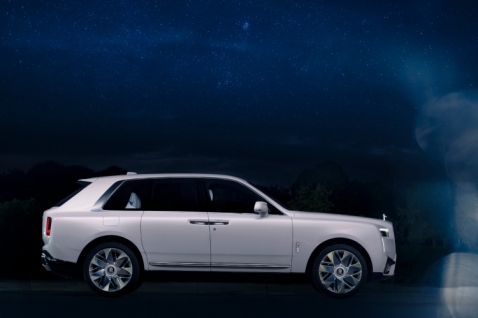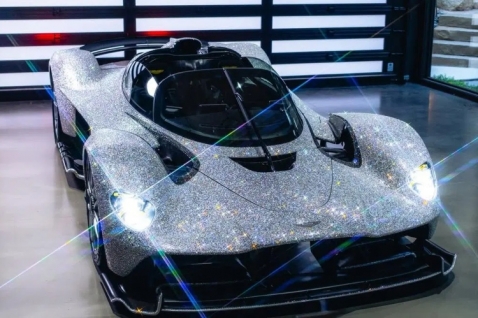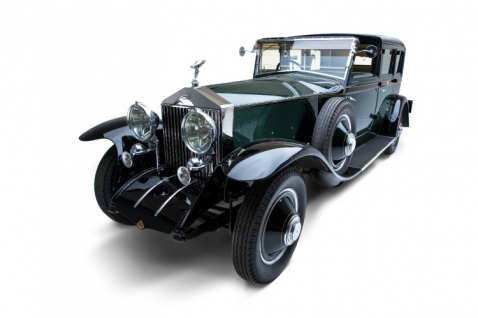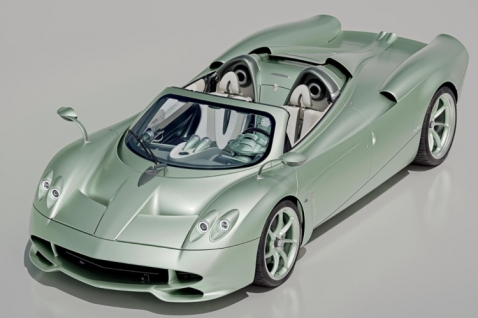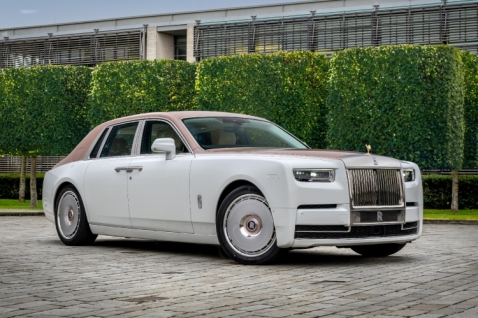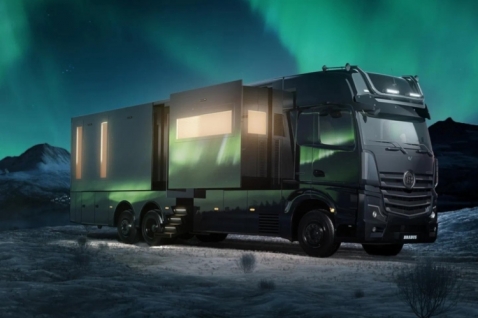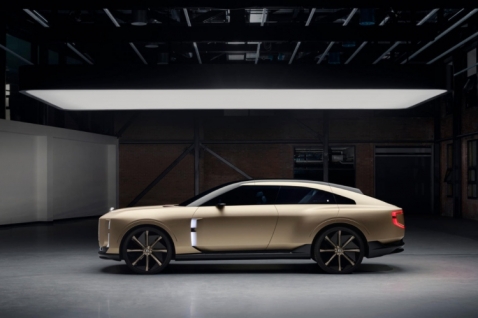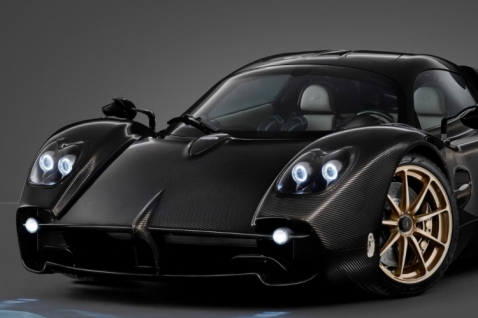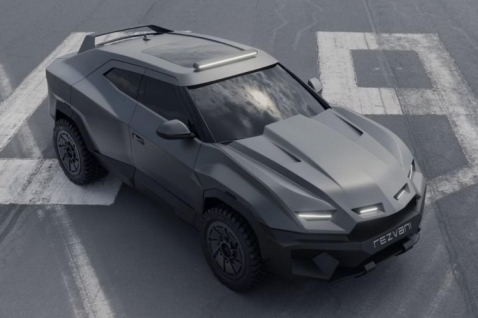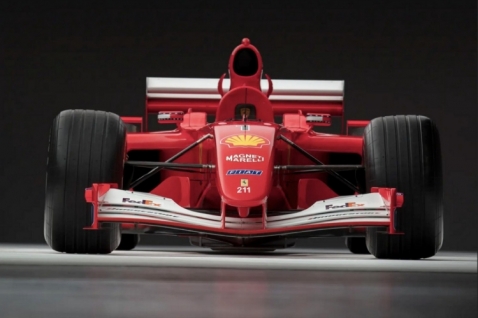“Refining the all-electric drivetrain that underpins Spectre challenges the very definition of engineering. The departure from internal combustion engines allows us to significantly increase the processing power of our individual components and create a Decentralised Intelligence. We refer to this unprecedented era, where we benefit from a multi-control, multi-channel and highly interconnected electronic and electric powertrain architecture, as ‘Rolls-Royce 3.0’.
“Our task is to teach each component and system how to think, behave and communicate like a Rolls-Royce, which sees much of the engineering pivot from workshops into the digital space. Here in Arjeplog we have built a significant foundation on which we will create a true Rolls-Royce.”
Mihiar Ayoubi, Director of Engineering, Rolls-Royce Motor Cars
The all-electric Rolls-Royce Spectre concludes winter testing at a specialist facility near the Arctic Circle, successfully enduring challenges at temperature of -40C. With more than half a million kilometres covered, Spectre completes almost 25% of the global testing program, which simulates more than 400 years of use.
A new Rolls-Royce motor car always begins its life in winter. There are several reasons for subjecting the marque’s products to such extremes. When the first prototypes are built, engineers perform very basic tests in extreme conditions to ensure that each system is operational and functions at a basic level in a cold weather environment. This test is combined with the beginnings of the refinement process – the first ‘lessons’ in a finishing school that will form the foundations of a motor car worthy of the marque.
This begins with noise, vibration and harshness tests. The variables that affect this are manifold, spanning from the materials selected for major hardware components to the density of the door rubbers, bushing compounds, fastening materials and even properties of bonding agents. The performance of these variables can change considerably when subjected to extreme temperatures – likewise the efficiency of the motor car’s heating, ventilation, air conditioning and cooling systems.
As a true luxury brand, there is an additional component of winter testing that is of great importance to Rolls-Royce. This is defined by the marque’s engineers as ‘de-escalated time’, which enables incredible accuracy and control in creating the Rolls-Royce experience using Spectre’s chassis control systems, powertrain management and electronics control.
By driving on low traction surfaces such as snow and ice and wilfully destabilising Spectre, the engineers can create dynamic circumstances at low speeds that would ordinarily occur at high speeds. This can be reviewed and guided in situ and in slow motion, in doing so parametrising and finessing cold-weather vehicle performance in areas such as handling, controllability, stability, predictability and the ‘waftability’ that defines the Rolls-Royce experience. De-escalated time enables engineers to create unparalleled detail in the motor car’s response, in doing so schooling Spectre to think, behave and communicate like a Rolls-Royce worthy of the marque.
ROLLS-ROYCE SPECTRE: ROLLS-ROYCE 3.0
Rolls-Royce 3.0 represents the beginning of the marque’s bold electric future. The term ‘Rolls-Royce 3.0’ is a reference to the brand’s progress during its renaissance: Phantom, the first Goodwood Rolls-Royce, was Rolls-Royce 1.0. Following this, a new, highly flexible all-aluminium spaceframe architecture was conceived, which underpins current Phantom, Cullinan, Ghost and Coachbuild projects, this is Rolls-Royce 2.0. Rolls-Royce 3.0 is the integration of a fully electric power train and Decentralised Intelligence into the marque’s architecture.
Spectre is the most connected Rolls-Royce ever and each component within it is more intelligent than in any previous Rolls-Royce. It features 141,200 sender-receiver relations and has more than 1,000 functions with more than 25,000 sub functions. By comparison, Phantom has 51,000 sender-receiver relations, 456 functions and 647 sub functions.
The dramatically increased intelligence of Spectre’s electronic and electric powertrain architecture enables a free and direct exchange of detailed information between these 1,000+ functions with no centralised processing. While this has required engineers to increase the length of cabling from around 2 kilometres in existing Rolls-Royce products to 7 kilometres in Spectre, and to write more than 25 times more algorithms, it offers a significant step forward for the brand. A dedicated control can be created for each set of functions which enables unprecedented levels of detail and refinement, allowing for what Rolls-Royce chassis specialists are already calling “Rolls-Royce in high definition”.
ROLLS-ROYCE SPECTRE: THE ARCHITECTURE
In creating a design for Spectre, a generously proportioned, highly emotional body style was selected. The marque’s designers consider Spectre to be Phantom Coupé’s spiritual successor. When it came to styling Spectre, the marque’s designers considered the dimensions and emotionality of Phantom Coupé, and other grand coupés from Rolls-Royce’s past. Not only did they create this emotion with Spectre’s fastback silhouette and size, but they also carried forward a key design feature of Phantom Coupé: the iconic split headlights, a design tenet that Rolls-Royce has owned for many decades.
The flexibility of Rolls-Royce’s proprietary architecture, reserved for the marque’s exclusive use, enables the exterior design to carry the scale required to create the presence of an authentic Rolls-Royce. This is plain to see in Spectre’s wheel size – it will be the first coupé equipped with 23-inch wheels since 1926.
By placing the floor halfway between the sill structures rather than on top or underneath the sills, there is a highly aerodynamic channel for the battery, providing a perfectly smooth underfloor profile. Likewise, this creates a low seating position and enveloping cabin experience.
By moving the bulkhead location, designers and engineers have also been able to deepen the dashboard location to truly cocoon passengers. This is amplified with a dramatically low windscreen rake and incredibly efficient airflow profile. This, along with other intelligent design solutions such as an aerodynamically tuned Spirit of Ecstasy mascot, contributes to a drag coefficient (cd) of just 0.26 in early prototypes.
The battery location, which is enabled by the marque’s architecture, unlocks another benefit that is commensurate with the Rolls-Royce experience. By creating wiring and piping channels between the floor of the car and roof of the battery, engineers have created a secondary function for the battery – 700kg of sound deadening.
With the winter testing phase completed, Spectre will continue its global testing programme. The Electric Super Coupé still has to complete nearly two million kilometres before the marque’s engineers will consider this undertaking complete prior to first customer deliveries in the fourth quarter of 2023.

